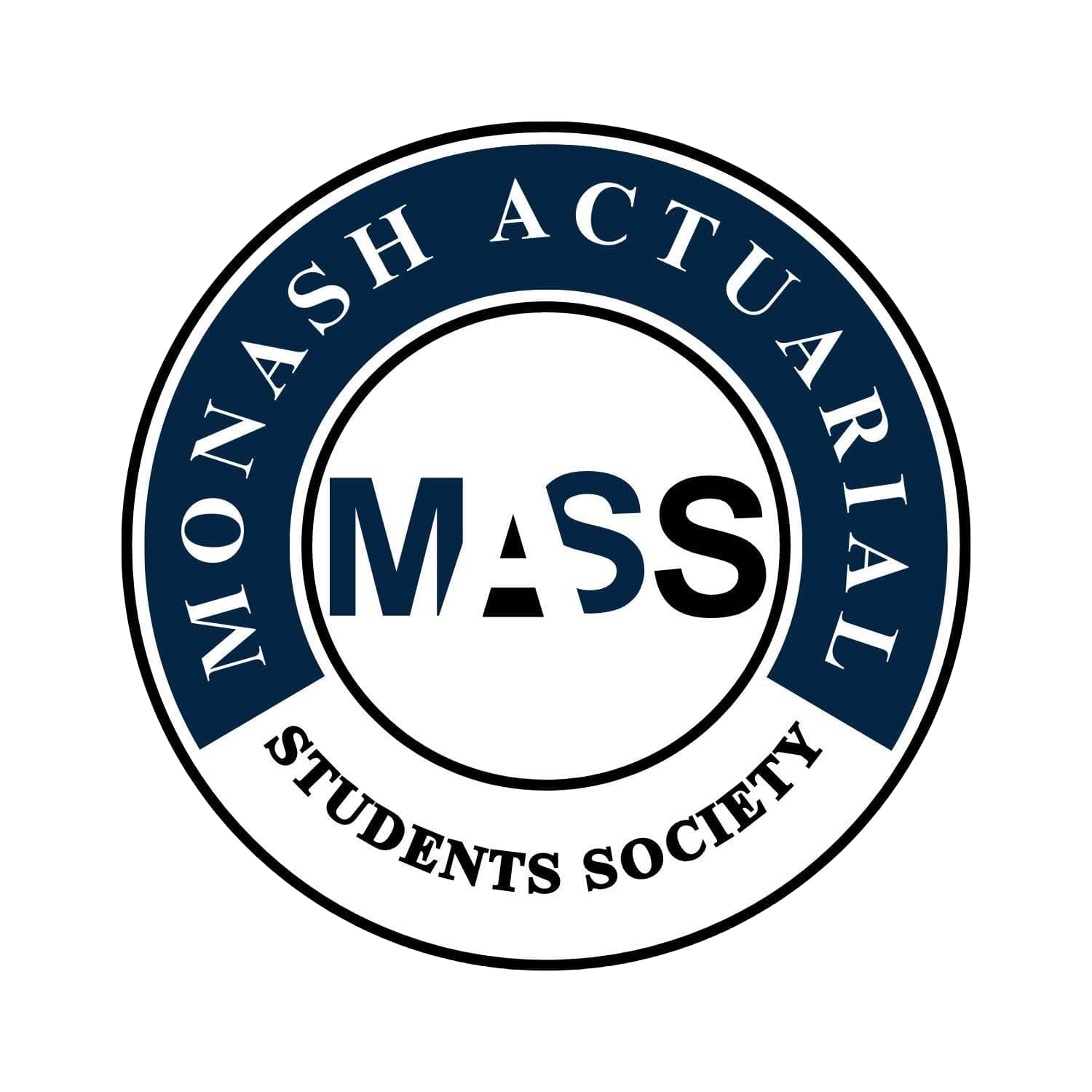ETC3520 / ETC5352 Foundations of Quantitative Finance
Difficulty:
Year Completed: Semester 2, 2020
Prerequisite: ETC2430
Exemption:
CM2 Financial Engineering and Loss Reserving
ETC3420 (20%), ETC3460 (25%), ETC3520 (55%)
Weighted average of 70% required. Minimum of 60% required for each unit.
Mean Setu Score: 81.6%
Clarity of Learning Outcomes: 80%
Clarity of Assessments: 86%
Feedback: 76.8%
Resources: 76%
Engagement: 88%
Satisfaction: 81%
Subject Content:
Lecture(s) and Tutorial(s):
Textbook(s):
Assessments:
This unit covered utility theory, expected utility, loss aversion and
investment risk, stochastic models, Brownian motion and
martingales, stochastic calculus and Ito processes, stochastic
models and security prices, binomial tree model, Black-Scholes
option pricing formula and hedging and term structure of interest
rates.
1 x 2 hour lecture
1 x 1.5 hour tutorial
N/A
2 x Online Quizzes 20% each
Final Exam 60%
Comments
The unit was a difficult unit but was also rather enjoyable. It was
more focused on the financial side of actuarial studies, which
means those that have done very limited finance may struggle
with concepts that are assumed knowledge taught under
finance.
Lectures had everything that was required to do well in the unit.
The lecturer presented all the slides and went into further depth
where required, but due to the amount of content in this unit,
some sections were not covered in depth. Another helpful
component of the lectures was that it was made clear what
wouldn't be in the exam and thus we did not need to spend long
on it. One issue with the lectures was that some mathematical
proofs skipped a lot of steps and therefore lead them to be
confusing. Do ask the teaching team for clarficiation if needed.
Tutorials are extremely helpful. The online quizzes, and by
extension the exam, all were based on tutorial questions. Given
that the tutorials provided you with a worked solution, they
formed a key component to doing well in the assessments.
Furthermore, even if tutorials were missed, very in depth worked
solutions were also released which were very helpful.
The online quizzes were based on tutorial questions, so it was
easy to do well in these.
The exam was also based on tutorial questions but was more in
depth and required a greater understanding of the fundamentals.
The exam also focused more on the later half of the course than
the first half.
Overall, this was a great unit that was quite achievable. It definitely
had its difficulties but also had quite a few interesting topics, in
particular the first few weeks.
General Overview:
Lectures:
Tutorials:
Assessments/Other Assessments
Exams
Concluding Remarks

